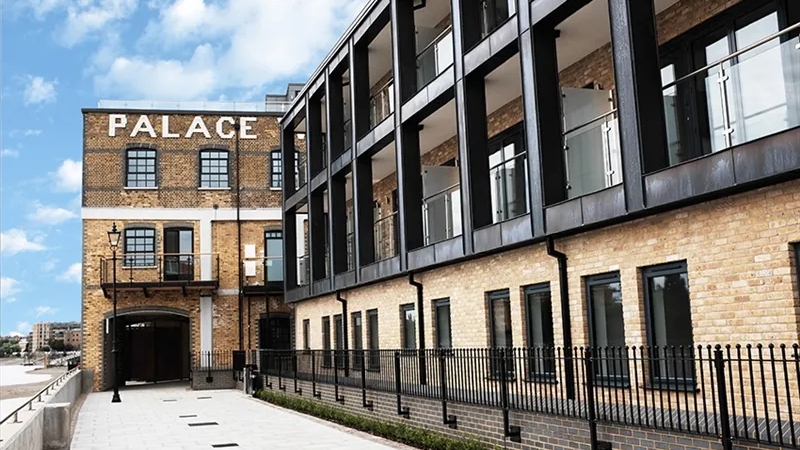
By Siham Ben Amor, MD of WER Investments Ltd
Hook: In a city where a one-bedroom flat can cost more than an entire home elsewhere in the UK, investing in London property might feel like an elite sport reserved for seasoned pros. But here’s the truth: first-time investors are making serious moves and returns in the capital.
Why Now? A Snapshot of the Market
Over the past 12–18 months, London’s property market has shown both resilience and opportunity. According to Rightmove and Zoopla data from early 2025, London’s average property price now sits at £534,000, reflecting a 3.2% year-on-year increase, with outer zones seeing stronger growth due to affordability and improved transport links.
Despite ongoing economic volatility, inflation has eased, interest rates have stabilised around 4.5%, and buyer confidence is gradually returning. This environment presents a window for first-time investors to enter the market strategically and explore safe property investment UK opportunities.
Key Considerations for First-Time Property Investors
✅ 1. Location is (Still) King Zones 3–6, such as Croydon, Walthamstow, and Barking, offer better yields and lower entry costs compared to prime Central London. These areas are benefiting from regeneration schemes, infrastructure upgrades (like the Elizabeth Line), and growing demand from renters.
Pro Tip: Look for areas with planned transport improvements or proximity to new business districts. And while outer zones present affordability, premium locations like Mayfair property investment or Knightsbridge property investment continue to attract global investors due to their prestige and long-term stability.
✅ 2. Know Your Numbers Start by defining your investment goal: are you aiming for monthly rental income, long-term capital growth, or a mix of both?
Typical rental yields in London currently range between 3.5%–5.5%, with outer boroughs often yielding more. Use calculators to factor in stamp duty, mortgage rates, letting agent fees, and maintenance costs.
✅ 3. Leasehold vs. Freehold Many London flats are leasehold, which brings additional considerations such as ground rent and service charges. Be sure to understand the lease lengtha lease under 80 years can be costly to extend and impact resale value.
The Pros and Cons for First-Time Investors
🔷 Pros:
- Strong long-term capital appreciation: London remains a global city with historically stable growth.
- High rental demand: With over 3 million renters, there’s consistent tenant demand particularly from students and professionals.
- Tax-efficient options: Buy-to-let investors can benefit from mortgage interest tax relief through limited company structures (seek professional advice).
🔶 Cons:
- High initial investment: The average deposit in London is £70,000+, which can be a hurdle for many.
- Complex regulations: Licensing requirements, EPC standards, and tenant laws can be daunting.
- Rental yield compression: Central areas often offer lower yields due to high property values.
How to Start Smart
- Work with a local property investment expert to source off-market deals and avoid common pitfalls.
- Consider a buy-to-let mortgage, which may allow you to invest with less upfront capital.
- Start small, scale wisely: Even a one-bedroom flat in the right location can outperform larger properties in stagnant areas.
A Final Word from WER Investments
At WER Investments Ltd, we specialize in guiding first-time investors to success in London’s fast-moving property landscape. Whether you’re based in the UK or overseas, our mission is to demystify the process, help you make data-driven decisions, and grow your wealth sustainably.
💬 Let’s Talk What’s your biggest concern when it comes to investing in London property for the first time? 👇 Share your thoughts in the comments or message us directly, we’d love to hear from you.
